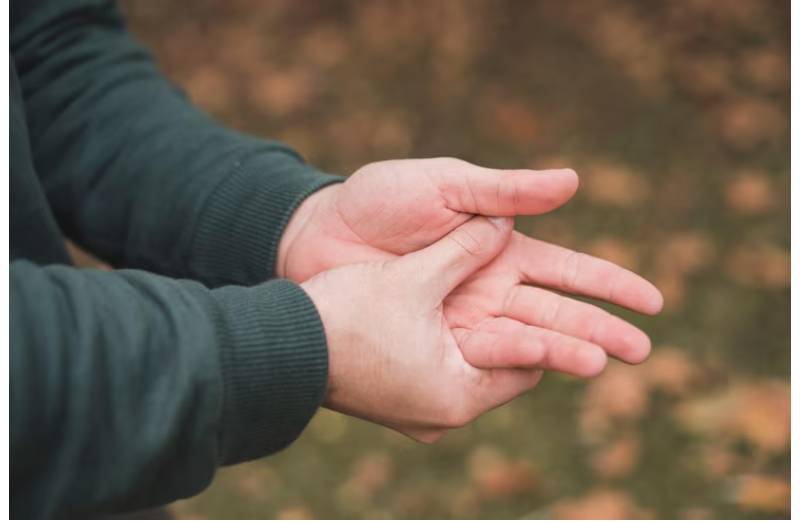
Stretching exercises are essential in treating trigger finger as they help improve flexibility in the tendons and muscles surrounding the finger. Gently stretching the affected finger by straightening and bending it repeatedly helps prevent stiffness and promotes proper tendon movement. Regular stretching can alleviate discomfort and reduce the chance of the condition worsening over time.
Tendon Gliding Exercises
Trigger finger treatment are specifically designed to improve the range of motion in the affected finger. These exercises involve various movements that help the tendons slide smoothly within the tendon sheath. Performing tendon gliding exercises can aid in reducing the tightness that causes the finger to lock, ultimately promoting smoother movement and decreasing pain.

Strengthening Exercises for Finger Muscles
Strengthening the muscles around the affected finger can support healing and improve function. Simple exercises such as squeezing a soft ball or using a rubber band to strengthen the finger can enhance muscle control and endurance. These exercises help improve grip strength and provide better support to the tendons, reducing strain on the finger.
Splinting for Rest and Alignment
Splinting is a common therapy for trigger finger that helps rest the affected finger and keep it in proper alignment. A splint worn at night can prevent the finger from bending or locking while sleeping. During the day, it may also be used to protect the finger from excessive movement, allowing the tendons to heal properly and reducing pain and inflammation.
Ice Therapy to Reduce Swelling
Ice therapy is effective in reducing the swelling and inflammation that often accompany trigger finger. Applying an ice pack wrapped in a cloth to the affected finger for 15-20 minutes several times a day can help numb the area and reduce swelling. This therapy provides relief from pain and stiffness, which can make other exercises more comfortable.
Non-Steroidal Anti-Inflammatory Drugs
Alleviate pain associated with trigger finger. While these medications don’t treat the underlying cause, they can provide temporary relief and allow for easier movement during exercises and therapy. Always follow the prescribed dosage and consult a healthcare provider if pain persists.
Corticosteroid Injections
For more persistent cases of trigger finger, corticosteroid injections may be used to reduce inflammation in the tendon sheath. These injections can provide quick and effective pain relief and may promote faster healing of the affected tendons. While helpful for many, steroid injections are typically used when other treatments, such as exercises and splinting, have not provided adequate relief.
Heat Therapy for Relaxing Muscles
Heat therapy is an alternative treatment that helps relax the muscles and tendons surrounding the affected finger. Warm compresses or heat packs applied to the finger can enhance blood circulation, promote flexibility, and reduce stiffness. Heat therapy is typically used before exercises to loosen up the finger and make movement easier and more comfortable.
Manual Therapy with a Physical Therapist
Physical therapy and manual therapy from a trained specialist can be incredibly beneficial for trigger finger treatment. A therapist can perform gentle stretching, mobilization techniques, and massage to relieve tension in the finger and surrounding areas. This hands-on therapy helps to restore normal movement, reduce pain, and improve overall function.
Surgery for Severe Cases
For severe or persistent cases of trigger finger that do not respond to conservative treatments, surgery may be considered. The most common surgical treatment involves releasing the constricted tendon sheath, which allows the tendon to move freely again. While surgery is usually a last resort, it can provide permanent relief for patients suffering from chronic trigger finger.
Conclusion
The best exercises and therapies for trigger finger treatment aim to reduce pain, improve flexibility, and promote healing. Regular stretching and strengthening exercises, combined with therapies like splinting, ice, heat, and possibly corticosteroid injections, can significantly improve the condition. For patients with severe symptoms, surgical options may be necessary, but most individuals find relief through non-invasive treatments that help restore normal finger function.